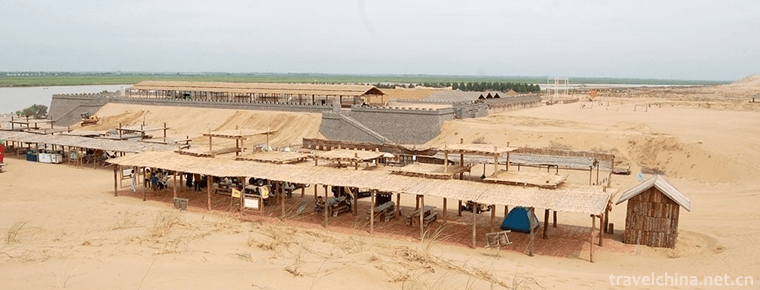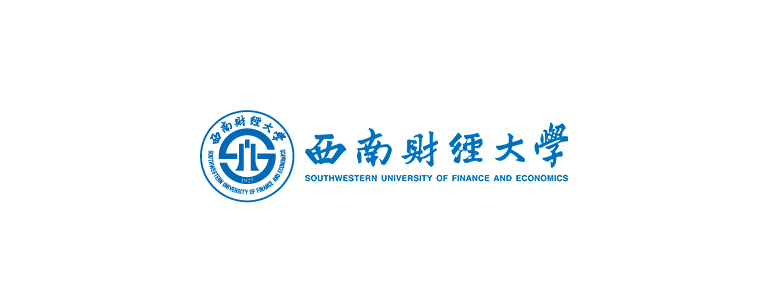2019-01-18

- By ChinaWiki.net
- Chinese Edition
- 2020-12-19
Guang'an landform
The topography of Guang'an City is fan-shaped distributed between the hills and parallel valleys in eastern Sichuan, which belongs to the Sichuan basin bottom extending to the basin periphery gradually. The Huaying mountains, which run through the southeast, divide Guang'an into two geomorphic units. The whole terrain is high in the East and low in the West. The central and western regions are hilly areas, which are part of the "red hills" in Sichuan. The surface is not undulating, and the ravines are vertically and horizontally divided. The Jialing River and Qujiang River flow southward into the Yangtze River in the form of deep bedrock amplification. The exposed strata are mostly composed of Jurassic sandstone and mudstone with gentle shape. In the East, it is a parallel valley low mountain area, with altitude ranging from 185 m to 1700 M. the highest peak of Huaying Mountain is 1704.1 m, and the lowest point is Yulin River Valley with water level elevation of 185 M. Huaying Mountain, Tongluoshan mountain and Mingyue Mountain are distributed in NE direction at a distance of 8-15 km. There are two narrow, long and wide valleys between the three mountains. Dahong River and Yulin River run through the bottom of the valley from north to south, and flow into the Yangtze River through Changshou District and Yubei District of Chongqing. There are horizontal terraces on both sides of the river, and paddy fields are in patches. The geomorphology includes four types: shallow hill belt dam landform, low mountain deep Hill landform, middle hill middle Valley landform and parallel ridge valley low middle mountain landform. There are Huaying Mountain range, Tongluo mountain range and Mingyue Mountain range. There are 12 main peaks, including Gaoshan mountain, Baoding mountain, luoran mountain, Tianchi mountain, Yakuai mountain, Xianglu mountain, Wanfeng mountain, Ma'anshan, Wuhua mountain, Gucheng mountain, Jincheng Mountain and Laisu mountain. There are also canyons and troughs in Huaying mountain, Tongluo mountain and Mingyue Mountain range.
Ask a Question
Your email address will not be published.



0 Questions